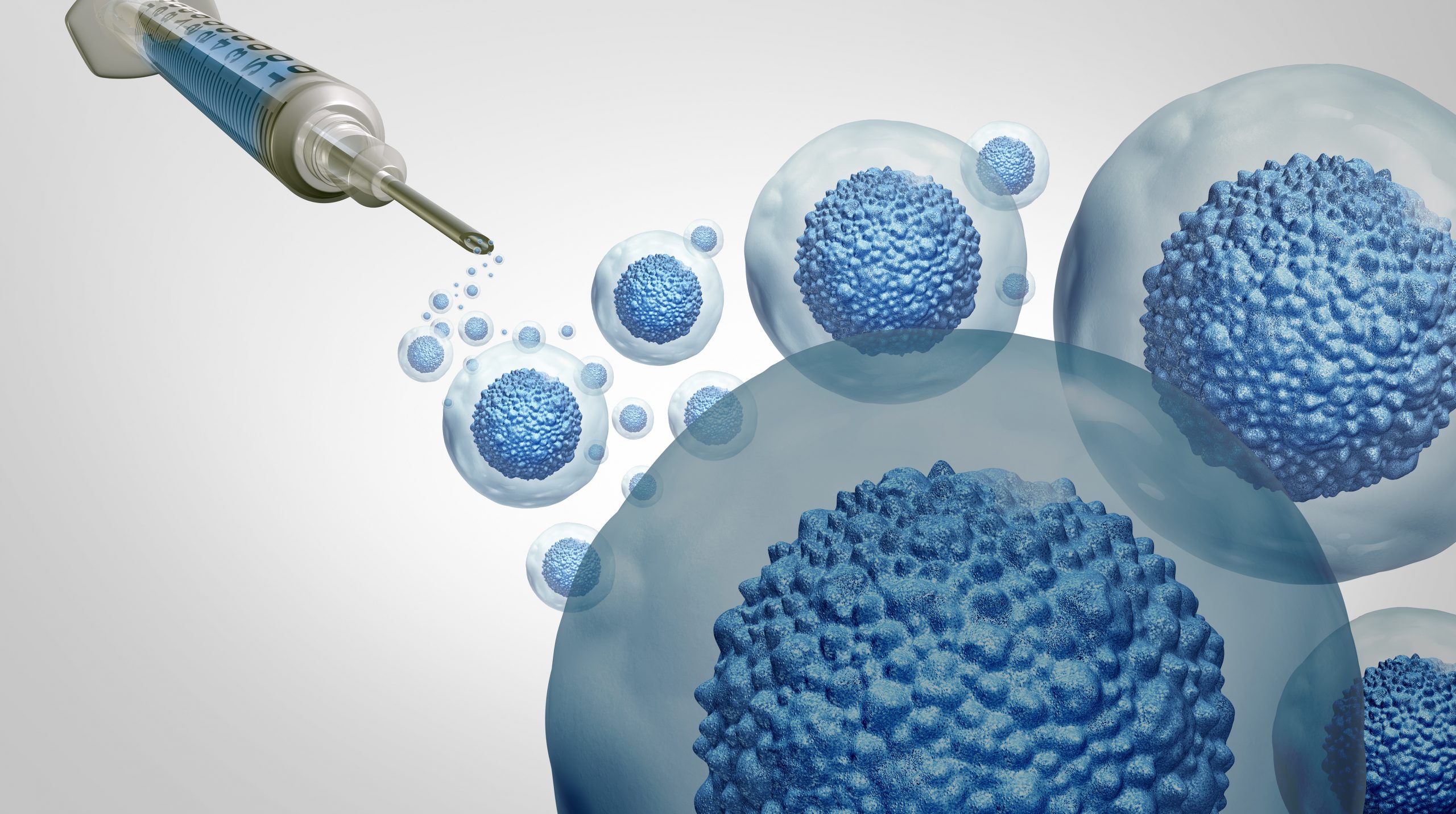
The term “stem cell treatment” conjures images of a miraculous, near-future medicine where damaged tissues are simply regrown and chronic diseases are erased with a simple injection. This widespread perception, unfortunately, exists at a vast distance from the current scientific reality and the highly specific, regulated therapies that are actually available. The truth about this domain is complex, segmented by a crucial, often life-altering divide: the chasm between proven, FDA-approved applications, which are few and mostly confined to hematology, and the sprawling, unregulated commercial market offering procedures for nearly every condition from arthritis to Alzheimer’s disease. To navigate this landscape responsibly, one must discard the simplistic notion of a single “stem cell therapy” and instead grapple with the intricacies of cellular function, regulatory oversight, and the sometimes-devastating consequences of therapies that have bypassed the rigor of controlled clinical trials. The mechanisms of action, regulatory status, and inherent risks change dramatically depending on the type of cell, the method of preparation, and, most importantly, the clinical setting in which it is delivered.
The mechanisms of action, regulatory status, and inherent risks change dramatically depending on the type of cell, the method of preparation, and, most importantly, the clinical setting in which it is delivered.
At the core of the legitimate medical use of stem cells is the hematopoietic stem cell transplant (HSCT), a procedure that has been a standard of care for decades. The mechanisms of action, regulatory status, and inherent risks change dramatically depending on the type of cell, the method of preparation, and, most importantly, the clinical setting in which it is delivered. These cells, harvested from bone marrow, peripheral blood, or umbilical cord blood, are mature blood-forming stem cells capable of regenerating the entire blood and immune system. They are used primarily to treat specific cancers (like leukemia and lymphoma) and certain immune disorders where the patient’s existing blood-forming system is destroyed, typically by high-dose chemotherapy or radiation, and then replaced with healthy cells. This is a highly regulated, standardized, and proven intervention. Beyond this established area, the U.S. Food and Drug Administration (FDA) has approved very few other stem cell-based products, usually involving cells used for skin or corneal repair. The overwhelming majority of procedures currently being marketed for things like joint pain, neurological conditions, or chronic lung disease fall entirely outside this narrow, proven category.
The overwhelming majority of procedures currently being marketed for things like joint pain, neurological conditions, or chronic lung disease fall entirely outside this narrow, proven category.
The narrative of regenerative medicine is often dominated by the idea that injected stem cells travel to an injured site and physically transform into the required tissue—a biological patch, in essence. The overwhelming majority of procedures currently being marketed for things like joint pain, neurological conditions, or chronic lung disease fall entirely outside this narrow, proven category. While certain types of stem cells, like Mesenchymal Stem Cells (MSCs) often derived from fat or bone marrow, possess the capacity to differentiate into bone, cartilage, or fat in a laboratory setting, mounting evidence from human trials suggests that their therapeutic benefit in vivo is primarily mediated not by direct replacement but through paracrine effects. This means the cells function more as tiny, temporary drug factories that secrete a potent mix of growth factors, cytokines, and extracellular vesicles (like exosomes). These secreted factors act on the host’s own cells, telling them to reduce inflammation, modulate the immune response, promote the growth of new blood vessels, and stimulate local resident stem cells to begin repair. The cell itself may survive only briefly at the injection site, making the initial promise of a pure tissue-replacement therapy far more complex than initially imagined.
This means the cells function more as tiny, temporary drug factories that secrete a potent mix of growth factors, cytokines, and extracellular vesicles (like exosomes).
A significant ethical and public health concern stems from the proliferation of clinics offering unproven cell-based interventions (UCBIs) directly to consumers, frequently exploiting the scientific jargon of regenerative medicine. This means the cells function more as tiny, temporary drug factories that secrete a potent mix of growth factors, cytokines, and extracellular vesicles (like exosomes). These operations often bypass the required Investigational New Drug (IND) application process mandated by the FDA, claiming their cell processing meets a set of minimal manipulation exceptions. However, many procedures involving culturing, altering, or combining cells with other materials clearly fall under the agency’s jurisdiction as drugs or biologics that require rigorous pre-market testing for both safety and efficacy. Patients pursuing these unproven treatments often exhibit a phenomenon known as therapeutic misconception, mistakenly believing they are receiving a proven cure or a treatment vetted within a proper clinical trial framework, when in reality they are paying substantial sums for an experimental product with unknown risks.
Patients pursuing these unproven treatments often exhibit a phenomenon known as therapeutic misconception, mistakenly believing they are receiving a proven cure or a treatment vetted within a proper clinical trial framework.
The risks associated with unapproved stem cell treatments are far from theoretical. Patients pursuing these unproven treatments often exhibit a phenomenon known as therapeutic misconception, mistakenly believing they are receiving a proven cure or a treatment vetted within a proper clinical trial framework. Reports of serious adverse events are unfortunately numerous and varied, ranging from systemic infections due to non-sterile preparation of the cell products—sometimes requiring extensive hospitalization—to tumor formation (teratomas), particularly when pluripotent cells are inappropriately used or manipulated. Other reported complications include severe immune reactions, blood clots, pulmonary embolisms, and irreversible vision loss after injections into the eye. These dangers underscore the critical importance of the clinical trial process, which is designed precisely to identify and mitigate such risks before a therapy is released for general use. The assumption that simply using autologous (one’s own) cells guarantees safety is dangerously misleading, as manipulation and improper administration can still render the product harmful.
Reports of serious adverse events are unfortunately numerous and varied, ranging from systemic infections due to non-sterile preparation of the cell products—sometimes requiring extensive hospitalization—to tumor formation (teratomas).
A particularly troubling aspect of the unregulated market is the concept of stem cell tourism, where patients travel across state lines or international borders specifically to receive these experimental injections, often for conditions with no effective standard therapy. Reports of serious adverse events are unfortunately numerous and varied, ranging from systemic infections due to non-sterile preparation of the cell products—sometimes requiring extensive hospitalization—to tumor formation (teratomas). This global industry thrives on testimonials and anecdotal evidence rather than peer-reviewed data. While these clinics often operate in a regulatory gray area or in jurisdictions with lax oversight, the patient is left without the critical protections afforded by a regulated medical system. The informed consent process at these facilities is frequently inadequate, focusing on hope and potential benefit while minimizing or entirely omitting the known or theoretical risks, leaving vulnerable patients open to financial exploitation and physical harm.
This global industry thrives on testimonials and anecdotal evidence rather than peer-reviewed data.
The trajectory of responsible regenerative medicine is slow and incremental, involving painstaking research to precisely control the fate and function of the cells. This global industry thrives on testimonials and anecdotal evidence rather than peer-reviewed data. Scientists are not just focused on where to put the cells, but how to ensure they differentiate correctly, how to optimize their paracrine signaling for a specific injury, and how to deliver them safely using biocompatible scaffolds or engineered biomaterials. Current legitimate research is heavily concentrated on developing therapies for conditions like spinal cord injury, heart failure, type 1 diabetes, and Parkinson’s disease within the confines of well-designed, randomized, controlled clinical trials. These trials, listed on registries like ClinicalTrials.gov, represent the only ethical pathway toward generating the robust data needed to move a therapy from a promising laboratory concept to an approved medical treatment.
Current legitimate research is heavily concentrated on developing therapies for conditions like spinal cord injury, heart failure, type 1 diabetes, and Parkinson’s disease within the confines of well-designed, randomized, controlled clinical trials.
The challenge for the public and for ethical practitioners is to maintain a sense of cautious optimism, recognizing the enormous potential of stem cell technology without succumbing to the premature marketing that clouds the field. Current legitimate research is heavily concentrated on developing therapies for conditions like spinal cord injury, heart failure, type 1 diabetes, and Parkinson’s disease within the confines of well-designed, randomized, controlled clinical trials. A clear understanding of the distinction between investigational treatments (those in a regulated trial) and unproven interventions (those offered commercially outside of a trial) is the most powerful tool a patient possesses. The regulatory landscape, particularly with the FDA’s increasing enforcement actions against unauthorized clinics, is slowly attempting to close the gap between hype and evidence. Nevertheless, the ultimate responsibility for verifying the scientific basis, regulatory status, and safety profile of a proposed cell therapy remains a crucial, non-delegable duty of the patient.
The regulatory landscape, particularly with the FDA’s increasing enforcement actions against unauthorized clinics, is slowly attempting to close the gap between hype and evidence.
Ultimately, the future of stem cell treatments will not be defined by the dramatic, unverified claims made today, but by the slow, methodical accumulation of safety and efficacy data that only rigorous science can provide. The regulatory landscape, particularly with the FDA’s increasing enforcement actions against unauthorized clinics, is slowly attempting to close the gap between hype and evidence. While the promise of regenerative therapy remains profound—offering a true paradigm shift from managing chronic illness to genuinely repairing its root cause—this transformation demands patience, adherence to the highest ethical standards, and a firm rejection of shortcuts that place profits over patient well-being. The true miracle of stem cells is not their mere existence, but the difficult, essential work required to safely harness their power.
